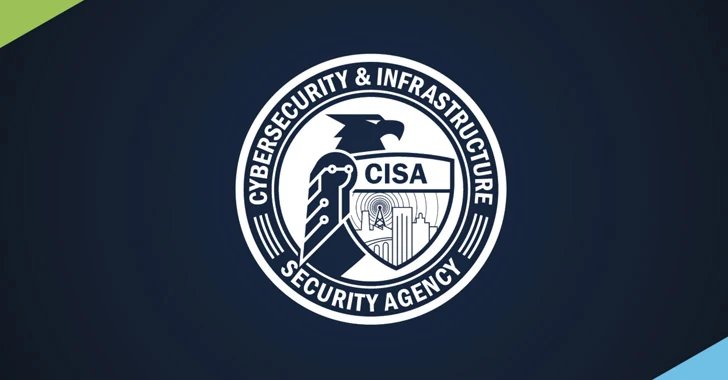Essential Insights
-
Active Exploitation: CISA has confirmed that a severe authentication bypass vulnerability (CVE-2024-54085) in AMI’s MegaRAC BMC software is actively being exploited, allowing remote attackers to control servers without user interaction.
-
Broad Impact: The vulnerability affects multiple vendors, including HPE, Asus, and ASRock, due to AMI’s central role in the BIOS supply chain, potentially compromising a wide range of equipment in data centers.
-
Serious Risks: Exploitation can lead to drastic outcomes like malware deployment, firmware tampering, server bricking, and creating unresolvable reboot loops, significantly harming operational integrity.
- Urgent Action Required: Federal agencies have until July 16 to patch affected servers, as mandated by BOD 22-01, and all network defenders are urged to address this vulnerability promptly to prevent breaches.
Key Challenge
Recently, the Cybersecurity and Infrastructure Security Agency (CISA) confirmed the active exploitation of a critical vulnerability in AMI’s MegaRAC Baseboard Management Controller (BMC) software, known as CVE-2024-54085. This authentication bypass flaw enables remote, unauthenticated attackers to take control of unpatched servers, potentially deploying malware or ransomware, tampering with firmware, and causing irreversible damage such as bricking motherboard components. Discovered by Eclypsium while analyzing prior patches from AMI, this vulnerability is particularly alarming due to its low complexity; attackers can exploit it without user interaction, significantly heightening the risk for numerous vendors that rely on MegaRAC BMC firmware, including Hewlett Packard Enterprise, Asus, and ASRock.
CISA has categorized CVE-2024-54085 as a known exploited vulnerability, mandating that all Federal Civilian Executive Branch agencies address this issue within a strict three-week timeline as per the November 2021 Binding Operational Directive. While the directive primarily affects federal agencies, CISA encourages all network defenders to prioritize necessary patches to thwart potential breaches. Given that AMI occupies a crucial position in the BIOS supply chain, the implications of this vulnerability extend broadly, posing significant security risks even to those outside the federal sphere.
Risk Summary
The recent discovery of a maximum severity vulnerability (CVE-2024-54085) in AMI’s MegaRAC Baseboard Management Controller software underscores a grave threat to a multitude of organizations, particularly those reliant on hardware from affected vendors like HPE, Asus, and ASRock. This authentication bypass flaw enables remote attackers to hijack unpatched servers with alarming ease, facilitating not only data breaches but also potential physical damage to server components and unsupervised deployment of malware or ransomware across interconnected systems. The ramifications extend beyond the immediate victims; as AMI sits at the apex of the BIOS supply chain, its compromise could cascade through a network of businesses provisioning cloud services and data centers, leading to widespread operational disruptions, loss of customer trust, and substantial economic fallout within the affected sectors. With the vulnerability already flagged by CISA as actively exploited, this compelling urgency for immediate remediation highlights the critical necessity for all organizations to prioritize patching to avert multifarious breaches and maintain the integrity of their digital infrastructure.
Possible Next Steps
Timely remediation is crucial in the context of AMI MegaRAC bugs, as these vulnerabilities can serve as gateways for server hijacking, leading to severe security breaches. Such incidents underscore the importance of proactively addressing vulnerabilities to safeguard sensitive data and maintain operational integrity.
Mitigation Steps
- Immediate patch deployment
- Regular vulnerability assessments
- Configuration hardening
- Enhanced monitoring systems
- User access restrictions
NIST Guidance
According to the NIST Cybersecurity Framework (CSF), organizations should engage in continuous risk assessment and implement appropriate security measures. Further insights can be gathered from NIST Special Publication 800-53, which details security and privacy controls aimed at protecting against such vulnerabilities.
Stay Ahead in Cybersecurity
Explore career growth and education via Careers & Learning, or dive into Compliance essentials.
Access world-class cyber research and guidance from IEEE.
Disclaimer: The information provided may not always be accurate or up to date. Please do your own research, as the cybersecurity landscape evolves rapidly. Intended for secondary references purposes only.
Cyberattacks-V1

